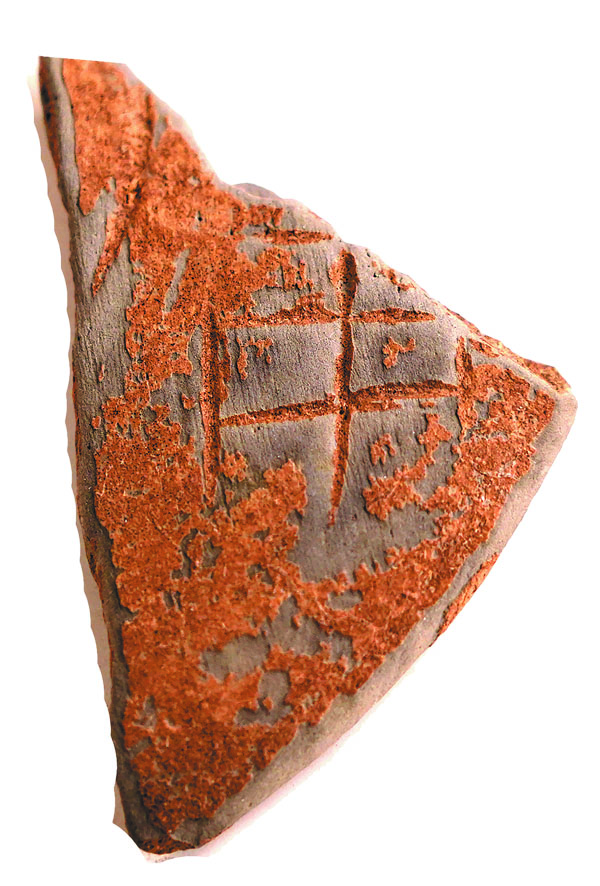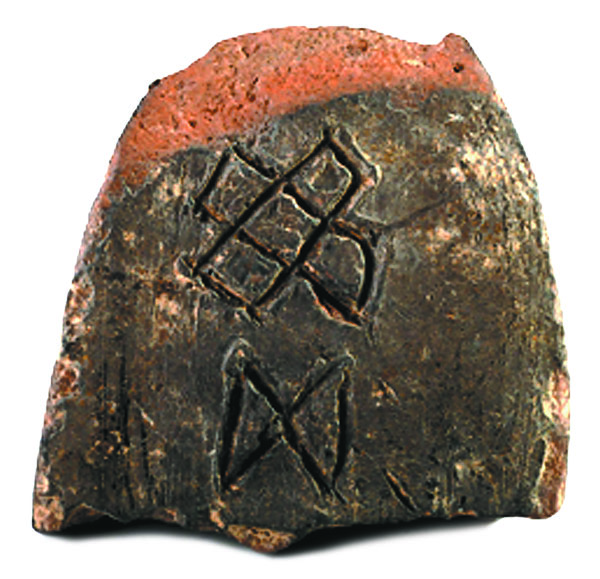

6. Xitou site, Xunyi county, Shaanxi province, from the Western Zhou Dynasty (c. 11th century-771 BC)
The area, tucked in the hinterland of the Loess Plateau, with the Jinghe River running across, preserves the keys to tracing the origins of Chinese civilization. The excavation of the city site, as well as a surrounding complex of graves, have convinced professionals that they have found the largest ever relic site of its time in the region.
Archaeologists have identified ruins of roads and paths, architectural foundations, copper smelting operations and granaries at the site. The findings provide clues to the size of the settlement and the ways it administered, managed and allocated resources.
Another key finding at the site is the graveyard of the social elite in the city, revealed by the structure of the tombs and a number of burial objects. The funeral goods were likely from multiple tribes, which hints at the social landscape and etiquette of the early stage of the Zhou Dynasty, as well as how its rulers exercised authority in the areas along the Jinghe River.
The discoveries also give encouragement to historians who are determined to pinpoint "bin", a region mentioned in historical records and believed to be a center of activities of Zhou's founders.
